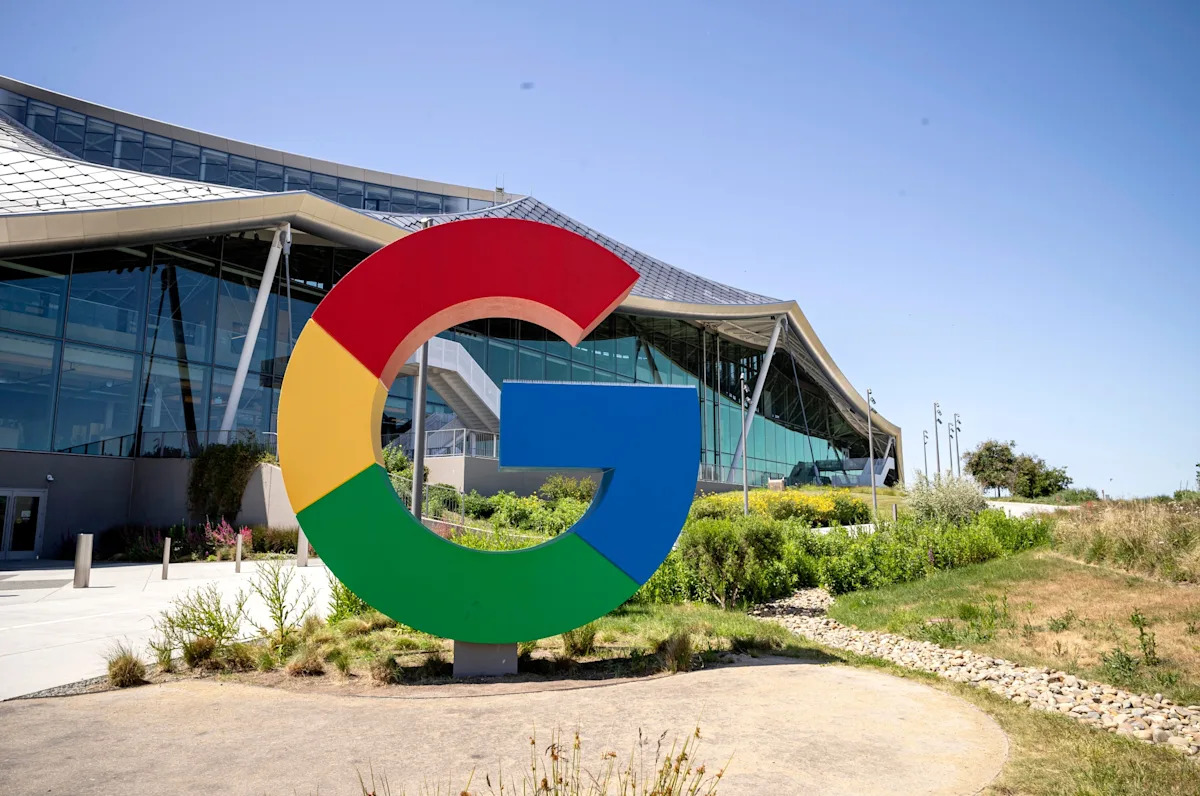Google and Anthropic struck a multibillion dollar cloud agreement giving Anthropic expanded access to Google Cloud TPU capacity, adding over a gigawatt by 2026. The deal reshapes AI infrastructure, compute capacity, vendor lock in, and energy demands for large model training.

The cloud agreement announced October 24 gives Anthropic greatly expanded access to Google Cloud TPU capacity and is described by companies and reporters as worth tens of billions of dollars. Google says TPUs from the deal will start entering service in 2026, adding more than a gigawatt of compute capacity. This Anthropic Google deal highlights how access to specialized AI chips and large scale infrastructure now shapes who can build the largest models.
Demand for compute to train and run large language models has surged. Tensor processing units are Google Cloud TPU custom purpose chips designed to accelerate machine learning workloads by performing the large matrix operations modern models require far faster than general purpose processors. Anthropic, the maker of Claude AI, has been scaling model size and capability and needs reliable, high capacity infrastructure to do it.
The announcement fits a broader trend where leading AI developers secure multiyear multibillion dollar commitments to lock in capacity and predictability. Companies pursue multi cloud AI strategies to manage vendor risk while optimizing price performance and model training infrastructure across different AI chips such as Trainium and Nvidia offerings.
What this means for the industry and for organizations planning AI investments:
Look for updates on the pace of TPU deployment in 2026, disclosures about the energy mix supporting the new capacity, and whether competitors announce similar large compute commitments. Attention will also focus on how Anthropic balances Google Cloud TPU usage with other AI chips and providers as part of a diversified compute strategy.
Google and Anthropic have signaled that the next phase of the AI race is as much about hardware pipelines and power as it is about algorithms. For organizations pursuing AI, the clear takeaway is that securing compute capacity and managing cloud partnerships are as important as model architecture. The landscape will evolve around who controls access to TPUs and other AI chips and how the industry addresses energy and regulatory challenges that come with gigawatt scale AI infrastructure.



